by Buck Reed
Summer is for Softshells
The heat and sunshine of summer are here, and in other regions of the world, that might mean a lot of different foods. But here in Maryland, summers aren’t summer without crabs. And we know all different ways to enjoy these local “beautiful swimmers.” Crab cakes, crab dip, crab soup, and even big bushels of steamed crabs are always following the namesake of “Maryland,” because of the blue crab of the Chesapeake Bay. For me, summer doesn’t really start until I have had my first soft shell crab.
Soft shell season traditionally starts with the first full moon in May and shuts down in September, so there is plenty of time. During this time is when they are marketed live and fresh, which is the best time to enjoy them. You can find them frozen in January, but I choose to wait. This is when the crabs are molting their hard shells and sporting a new softer one that stays soft once they are pulled from the water. And some people say there is no God!
If you are purchasing and preparing them yourself, they are easy enough to clean yourself or ask the person behind the counter to do it for you. Just make sure they are alive when you do.
As far as cooking, it is difficult to mess them up. Just do not overcook them. One important trick is to poke a few holes in the legs and claws to allow moisture to escape during cooking otherwise they can be dangerous.
But this might be one of those occasions where you might want to stick to ordering when you are out. But you only have about six weeks to find a place that does soft shells well. So, get started!

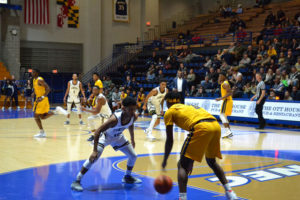
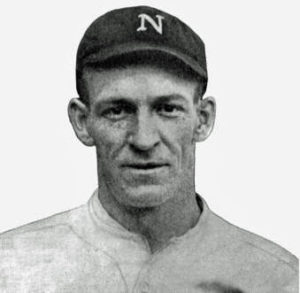
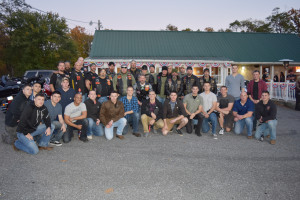
 On August 15, 2015, the U.S. Crossbow Club (USCC) celebrated its 2nd Annual Awards Banquet. Located on Tower Road in Thurmont, members from across Maryland, and as far away as Ohio, joined together to share stories of their crossbow hunting adventures, to display their mounted trophy animals, and to receive awards for their hunting and fishing accomplishments. Although these USCC members come from all walks of life, the one thing they all have in common is their passion for hunting, fishing, and their crossbows. Dennis R. Britton of Thurmont is the club’s founder and first president. He recalled purchasing his first crossbow at Jefferson Archery in 2008. At the time, Britton was sixty-five years old and could legally hunt with a crossbow, but after reading Maryland’s laws and regulations governing hunting with a crossbow, he found them to be biased, discriminating, and unfair when compared to other legal archery hunting equipment: (1) a crossbow hunter could only hunt on sporadic specified dates of the archery season whereas the traditional bowhunter could hunt every day of the archery season; (2) a crossbow hunter had to be at least sixty-five years old, while the traditional bowhunter had no age limits; and (3) a crossbow hunter had to be physically impaired whereas a traditional bowhunter did not. He recognized the laws and regulations prevented many younger and healthier hunters from having a choice of hunting weapons. A firm believer in equal rights and freedom of choice, Britton campaigned for a change that would benefit all sportsmen across Maryland, regardless of age or disability.
On August 15, 2015, the U.S. Crossbow Club (USCC) celebrated its 2nd Annual Awards Banquet. Located on Tower Road in Thurmont, members from across Maryland, and as far away as Ohio, joined together to share stories of their crossbow hunting adventures, to display their mounted trophy animals, and to receive awards for their hunting and fishing accomplishments. Although these USCC members come from all walks of life, the one thing they all have in common is their passion for hunting, fishing, and their crossbows. Dennis R. Britton of Thurmont is the club’s founder and first president. He recalled purchasing his first crossbow at Jefferson Archery in 2008. At the time, Britton was sixty-five years old and could legally hunt with a crossbow, but after reading Maryland’s laws and regulations governing hunting with a crossbow, he found them to be biased, discriminating, and unfair when compared to other legal archery hunting equipment: (1) a crossbow hunter could only hunt on sporadic specified dates of the archery season whereas the traditional bowhunter could hunt every day of the archery season; (2) a crossbow hunter had to be at least sixty-five years old, while the traditional bowhunter had no age limits; and (3) a crossbow hunter had to be physically impaired whereas a traditional bowhunter did not. He recognized the laws and regulations prevented many younger and healthier hunters from having a choice of hunting weapons. A firm believer in equal rights and freedom of choice, Britton campaigned for a change that would benefit all sportsmen across Maryland, regardless of age or disability.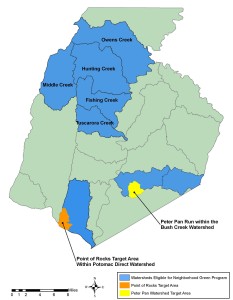 This summer, it seems that it is either intensely raining or incredibly hot and humid. As a result of all this rain, the creeks and rivers are flowing higher than average. Much of the water is also brown and full of sediment. You don’t have to be a trout fisherman to understand that sediment and polluted stormwater can negatively affect fish and other aquatic organisms. You don’t even need to be a trout fisherman (but it helps!) to realize that the Catoctin Mountains of Frederick County are one of the few places in Maryland, besides Garrett County, where brook trout are successfully reproducing. The presence of brook trout in the Catoctin region and the obvious beauty of Frederick County inspire many residents to make efforts to conserve the area’s creeks and natural resources.
This summer, it seems that it is either intensely raining or incredibly hot and humid. As a result of all this rain, the creeks and rivers are flowing higher than average. Much of the water is also brown and full of sediment. You don’t have to be a trout fisherman to understand that sediment and polluted stormwater can negatively affect fish and other aquatic organisms. You don’t even need to be a trout fisherman (but it helps!) to realize that the Catoctin Mountains of Frederick County are one of the few places in Maryland, besides Garrett County, where brook trout are successfully reproducing. The presence of brook trout in the Catoctin region and the obvious beauty of Frederick County inspire many residents to make efforts to conserve the area’s creeks and natural resources. A rain garden is an excavated depression in the soil that is planted with vegetation. It allows rainwater runoff from impervious areas like roofs, driveways, and compacted lawn areas to infiltrate into the ground. Rain gardens should not allow water to pond in them for longer than 24 hours. Some people mistakenly believe that a rain garden will attract mosquitoes, but they actually drain too quickly. One of the most important things to remember about a rain garden is that conditions are going to range from very dry between storm events to saturated during and following storms. There are many different species of plants that can grow well in a rain garden, but the range of wetness and the well-drained sandy soils that are used to create the garden mandate that species need to be carefully considered when choosing optimal species for success.
A rain garden is an excavated depression in the soil that is planted with vegetation. It allows rainwater runoff from impervious areas like roofs, driveways, and compacted lawn areas to infiltrate into the ground. Rain gardens should not allow water to pond in them for longer than 24 hours. Some people mistakenly believe that a rain garden will attract mosquitoes, but they actually drain too quickly. One of the most important things to remember about a rain garden is that conditions are going to range from very dry between storm events to saturated during and following storms. There are many different species of plants that can grow well in a rain garden, but the range of wetness and the well-drained sandy soils that are used to create the garden mandate that species need to be carefully considered when choosing optimal species for success.
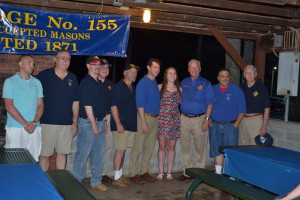
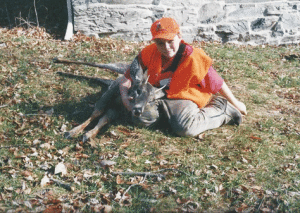 As we get older and have kids and grandkids, many of you know that our memories switch from “us” to “them.” I can still remember the first deer my son, Chris, shot on land not far from the Frederick watershed. It was a spike deer. Sitting in that tree stand and seeing him shoot, and the deer falling thirty yards away, is forever embedded in my memory bank, as I’m sure it is for him as well (even though it’s been many years)!
As we get older and have kids and grandkids, many of you know that our memories switch from “us” to “them.” I can still remember the first deer my son, Chris, shot on land not far from the Frederick watershed. It was a spike deer. Sitting in that tree stand and seeing him shoot, and the deer falling thirty yards away, is forever embedded in my memory bank, as I’m sure it is for him as well (even though it’s been many years)!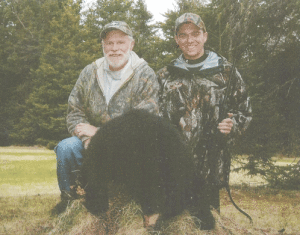 As you can tell, to me, memories afield are just as important as bagging our quarry. I hope you have many memories, and I hope hearing a few of mine has helped you relive and revisit some of your special hunting or hunting-related memories. Maybe it brings a smile to your face, or maybe a tear to your eye like it does for me, because my Dad, my Uncle Frank, my Grandfather Warden, and all who instilled the hunting spirit in me are gone, but they have left the legacy to me to pass on.
As you can tell, to me, memories afield are just as important as bagging our quarry. I hope you have many memories, and I hope hearing a few of mine has helped you relive and revisit some of your special hunting or hunting-related memories. Maybe it brings a smile to your face, or maybe a tear to your eye like it does for me, because my Dad, my Uncle Frank, my Grandfather Warden, and all who instilled the hunting spirit in me are gone, but they have left the legacy to me to pass on.